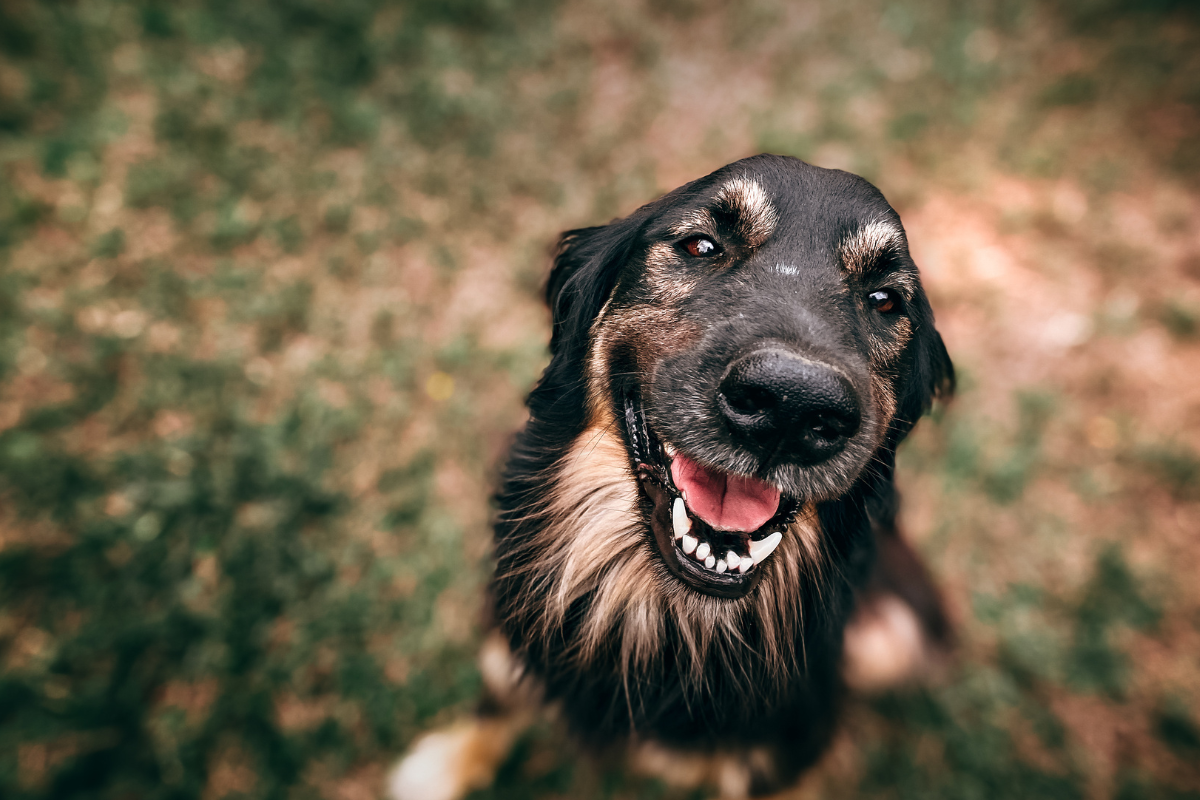How to Build Trust and Confidence in Fearful Rescue Dogs
Bringing a rescue dog into your home is one of the most rewarding things you can do, but it’s not always easy. Many of the beautiful dogs adopted through shelters or rescues have come from difficult or traumatic backgrounds. They may have been neglected, abandoned, abused, or simply bounced from home to home too many times. As a result, some are understandably anxious, wary of humans, or even shut down emotionally.
At Pet Relief, we’ve been moved by the heartfelt stories shared with us by our customers. From trembling pups hiding under beds to dogs too scared to go for walks, many of you find they’ve blossomed with patience, routine, and a little natural calming support.
This blog is for you, and for any pet parent welcoming a rescue dog into their home who may be struggling with dog anxiety or fear-based behaviour.
Understand That Fear Is Not Disobedience
One of the most important things to remember is that fear-based behaviour is not the same as being “naughty” or “stubborn.” When a rescue dog barks, runs away from affection, avoids eye contact, or refuses to eat, they’re not trying to be difficult, they’re trying to stay safe in a world that hasn’t been kind to them.
Imagine waking up in a completely new place, surrounded by strangers speaking a language you don’t understand. That’s how it feels for many rescue dogs. Recognising this perspective is the first step in creating an environment where they can begin to feel safe again.
Start with Safety and Structure
Routine is everything for anxious or traumatised pets. Predictability helps them feel in control. Try to:
- Feed them at the same times each day
- Take walks at consistent times and routes
- Avoid overwhelming them with visitors or loud environments early on
- Give them a “safe spot” like a quiet room or crate with soft bedding
Let them come to you on their terms. If they want to be near you but not touched, let that be enough for now. Gentle eye contact, calm speech, and consistency will build more trust than forceful affection.
These techniques are crucial when learning how to train an anxious dog.
Rebuild Confidence One Small Win at a Time
For some fearful rescue dogs, even a walk around the block is terrifying. That’s okay. Celebrate small victories. If your dog comes out from under the table to sit near you, that’s progress. If they accept a treat or follow you into another room, that’s trust forming. Use treats, toys, and calm verbal praise to reinforce desired behaviours, but don’t punish fear responses. Instead, give your dog the space and support they need to process.
Small wins are the foundation of positive reinforcement dog training.
Natural Calming Support Can Help
This is where many of our customers have turned to Pet Relief’s Comfort & Calm blend or Rescue & Relief for added support. These natural remedies for dog anxiety are designed to help take the edge off chronic stress and emotional trauma in pets without sedating them or changing their beautiful personality like some heavy vet meds can.
One of our customers shared: “Sandy came into our care a very damaged dog. She would hide in the laundry, shake, and wet herself from fear. We started her on Comfort and Calm drops twice a day. Over time, she started coming out to sit with us. Now she loves gentle pats and even wags her tail when we come home.”
Our blends are safe for daily use and work best when used consistently. For rescue pets, many people find that dosing 2-3 times a day helps support emotional regulation while they adjust to their new life.
The Healing Power of Time and Love
It’s tempting to want to “fix” a fearful pet quickly, but healing happens slowly. Some dogs may take weeks, months, or even longer to fully settle. But your commitment and compassion make all the difference.
And the transformation? It's often incredible. Dogs who once flinched at every sound start running to greet you at the door. Those who cowered from touch learn to nuzzle your hand for more. The first time a rescue dog plays with a toy or falls asleep with their head in your lap, it’s a moment you’ll never forget.
You’re Not Alone
If you’re in the thick of it, trying to bond with a scared rescue pet, know that you are not alone. Thousands of other pet parents have walked the same path and found relief through trauma-aware dog training, natural calming support, and loving routines.
At Pet Relief, we’re honoured to play a small part in your journey. If you ever have questions about how to use our blends to support your pet, we’re just a message away.
Because every pet deserves to feel safe, and every rescue dog deserves to know love.
Be sure to read blog Training Tips for Rescue Dogs.


